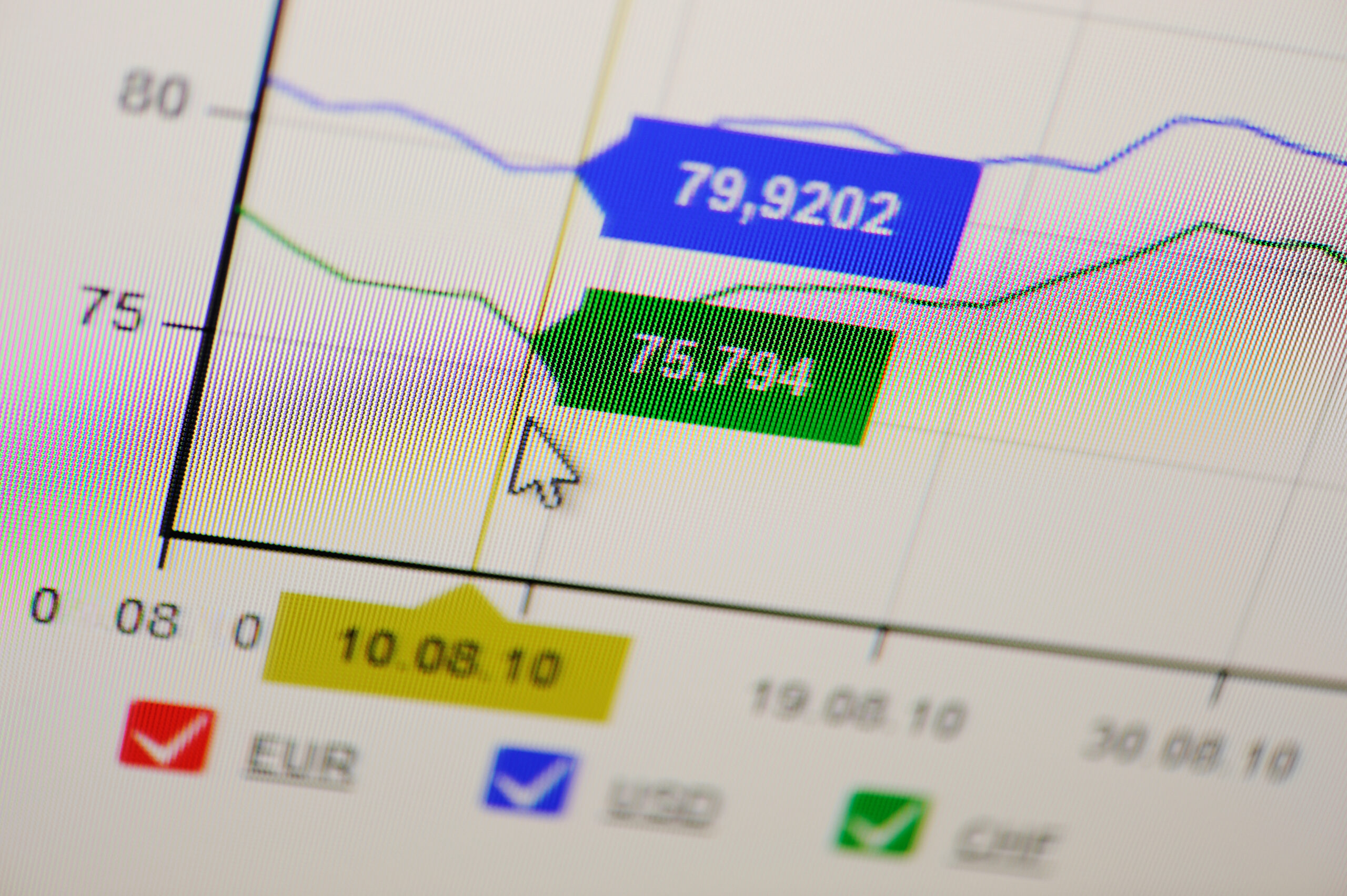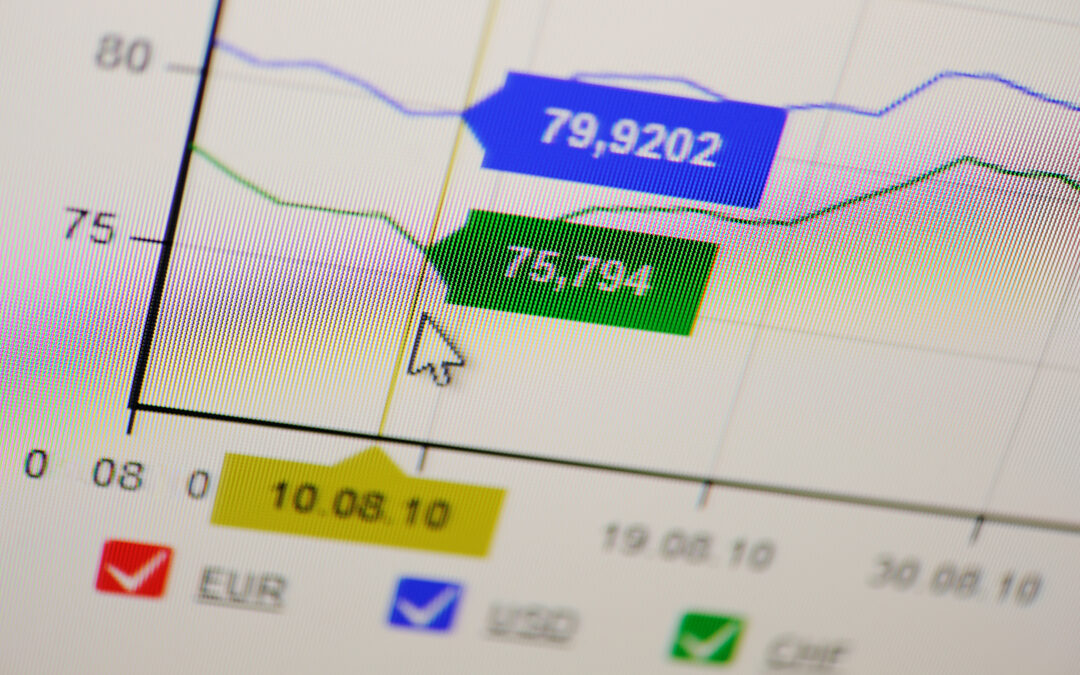In a world where unpredictable events can strike at any moment, being prepared for a disaster is not just smart—it’s essential. Understanding the risks associated with natural disasters, emergencies, or even man-made crises can mean the difference between life and death. So, what could happen? From hurricanes and earthquakes to floods and wildfires, each region has its unique set of threats. Knowing your specific vulnerabilities allows you to tailor your preparedness efforts effectively.
Once you’ve identified potential risks, it’s crucial to build an emergency kit filled with essential supplies. Start by gathering non-perishable food items such as canned goods, dried fruits, and granola bars—foods that require minimal preparation and offer sustenance during tough times. Don’t forget water; experts recommend one gallon per person per day for at least three days. First-aid kits, flashlights with extra batteries, blankets, and hygiene products should also make the cut. Consider including essentials like medications, pet supplies if you have animals, and important documents stored in waterproof containers. An adequately stocked emergency kit can be a lifesaver when access to resources becomes limited.
Creating a response plan is another fundamental step in disaster preparedness. This plan should outline clear steps for you and your family to follow during an emergency. Identify safe locations where everyone can meet if separated—this might be a neighbor’s house or a designated community center. Discuss how you’ll communicate; text messages may work better than phone calls due to network overloads during disasters. Additionally, review evacuation routes ahead of time so that when the moment arrives, you won’t waste precious time figuring out where to go.
Staying informed is paramount in any crisis situation. Leverage technology by downloading weather apps or signing up for local alerts that provide real-time updates about impending threats in your area. Social media platforms often serve as valuable resources for immediate information sharing amongst communities during emergencies too. Don’t underestimate the power of traditional media; television and radio broadcasts are still effective ways to stay updated on developing situations.

Moreover, community awareness significantly enhances disaster preparedness efforts; there’s strength in numbers! Engage with local organizations that focus on emergency readiness—they often host workshops or drills that equip residents with vital skills ranging from basic first aid to search-and-rescue techniques. Create neighborhood groups focused on sharing information regarding local hazards or resources available within your community—having established relationships with those around you will foster trust and cooperation in times of crisis.
Ultimately, preparing today means increasing your chances of survival tomorrow. It takes time and effort to create an effective disaster preparedness plan but consider it an investment in safety—not only for yourself but also for those living around you. By understanding risks specific to your area, building comprehensive emergency kits filled with essentials, crafting detailed response plans tailored to your family’s needs while utilizing technological advancements alongside fostering community connections—you’re laying down the groundwork for resilience amidst adversity.
Thank you for reading this post, don't forget to subscribe NOW for FREE!
So don’t wait until it’s too late; start preparing now! Your future self will thank you when faced with unforeseen circumstances—and together we can build stronger communities ready to face whatever challenges lie ahead.






